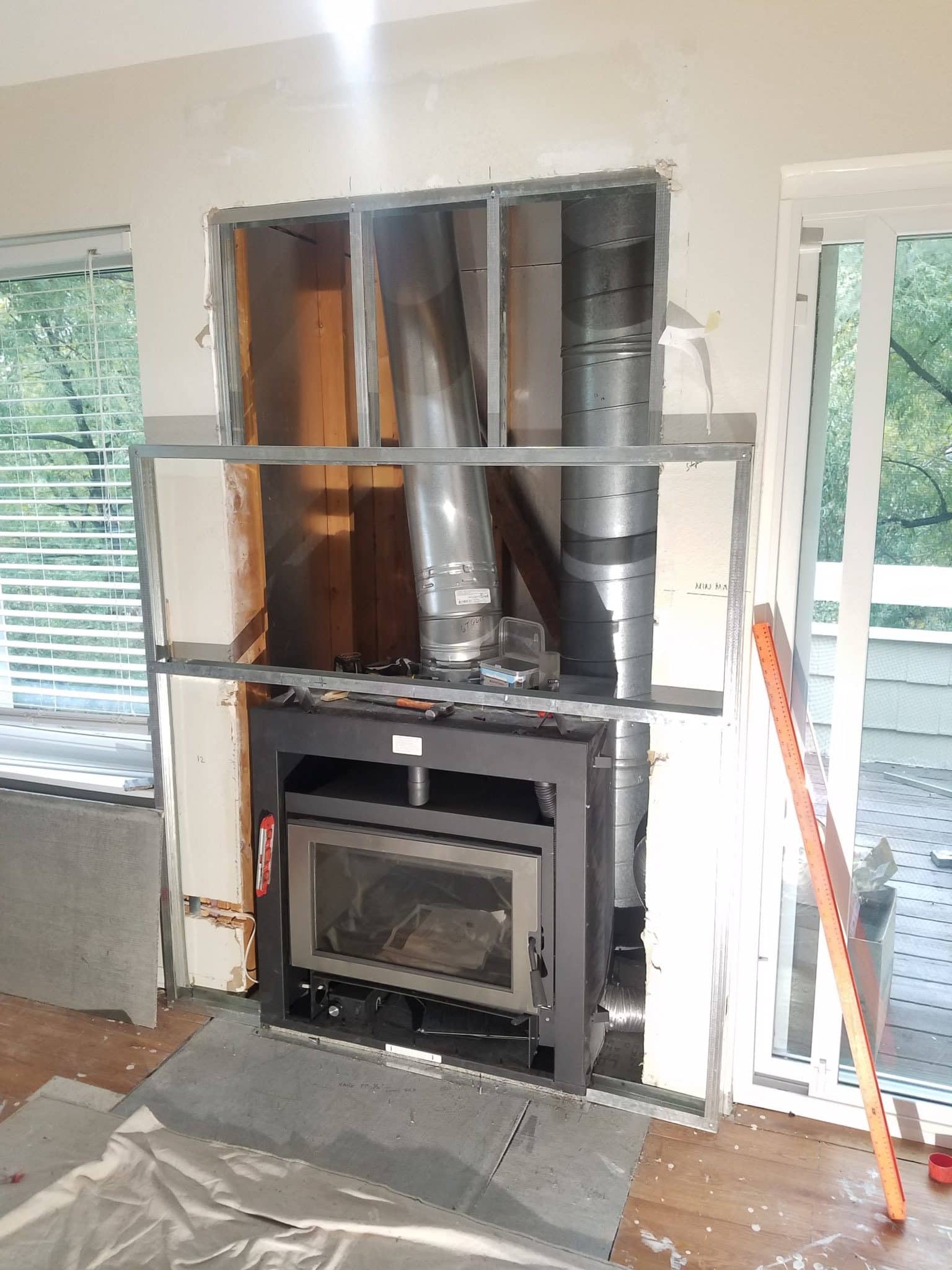Cooktop Setup Misconceptions Explained by Professionals

When it comes to enhancing your kitchen with a modern stove, the excitement of enhancing your cooking space can quickly turn into bewilderment and doubt. With a plethora of information available on the internet and various DIY tutorials, it can be hard to separate fact from fiction. Many homeowners find themselves caught in a web of stove installation myths, often leading to costly mistakes and risks. my sources 's where stove installation specialists come in to provide clarity and provide professional insights.
In this article, we will explore common misconceptions surrounding stove installation, emphasizing the significance of professional help. Whether you are considering a natural gas or electric stove, or even an induction cooktop, understanding the details of installation is crucial. From necessary preparations to local regulations and safety standards, we will guide you through the key factors to take into account, ensuring your latest stove installation is seamless and successful. Let’s explore the realities that every homeowner needs to know from the professionals who make it happen.
Understanding Stove Types
In the matter of selecting a stove for your kitchen, it is essential to grasp the multiple types available and their specific features. Gas cooking appliances are driven by propane and are liked for their rapid heating capabilities and exact temperature control. Many chefs like gas stoves because they offer quick flame changes and generally have a more responsive cooking experience. Nevertheless, they require proper installation of a gas line and proper ventilation to secure safety.
Electric stoves, on the other hand, are driven by electrical power and are usually easier to install than gas units. They come in various styles, such as coil and smooth-top types. Electric stoves warm over time, making them well-suited for simmering tasks, although they may lack the quick temperature response that gas provides. For homeowners thinking about an electric model, it’s important to consider the kitchen’s power supply for a seamless installation.
Induction stoves are a further option, employing electromagnetic induction to warm pots and pans directly while keeping the cooktop it cool to the touch. This technology offers energy efficiency and faster cooking times but requires appropriate cookware made of ferrous materials. Understanding these stove types assists homeowners determine which option best fits their cooking style, kitchen setup, and installation requirements.
Security and Regulatory Fundamentals

When setting up a brand new stove, security should always be your main priority. It is crucial to make sure that your setup complies with local codes and regulations. Each region has particular requirements that govern the installation of gas and electric stoves, such as clearance requirements, airflow, and fuel line arrangements. Consulting with local officials or employing a professional can assist you navigate these regulations to guarantee a secure and compliant installation.
Proper ventilation is a further essential element of stove safety. Gas stoves, in particular, emit combustion gases that can be risk-laden if not adequately vented. Make sure that your kitchen has proper ventilation systems, such as range hoods or exhaust fans, to reduce any dangers associated with gas emissions. It is essential to check that the ventilation systems are installed properly to prevent potential gas leaks and to preserve air quality in your home.
In conclusion, always prioritize the value of hiring a licensed professional for your stove installation. Experts not only offer expertise but also guarantee that the installation meets all security standards and local codes. They can spot potential issues before they happen, which helps you avoid costly mistakes and making sure your stove operates securely and effectively from the very beginning.
Setup Recommendations and Optimal Procedures
When installing a new stove, it is essential to make sure that the area is properly prepared. Clean the installation site of any obstacles and make certain that you have enough space for the stove to be positioned properly. Measure the dimensions of your new appliance against the area to prevent any surprises during installation. Additionally, verify that all necessary utilities, such as gas lines for gas stoves or electrical outlets for electric stoves, are in place and compliant.
Safety should be a top priority during installation. For Log Burning stove installation , make sure the gas line is in good condition and well maintained to eliminate leaks. Apply a gas leak detection solution to evaluate connections once installed. For electric stoves, confirm that the outlet and circuit are suitable to handle the appliance's power demands. Learn yourself with local installation codes and get any necessary permits to follow with regulations. This not only enhances safety but also helps eliminate potential legal issues down the line.
Finally, keep in mind the manufacturer's installation instructions as they can provide specific guidelines customized to your appliance. If doubts arise during the process, do not be reluctant to reach out to a professional for assistance. Hiring a skilled technician can guarantee that the installation is performed correctly, which can save you from costly repairs and enhance the lifetime of your stove. Regular maintenance checks after installation, such as reviewing connections and complete appliance function, will ensure your stove functioning well for years to come.
